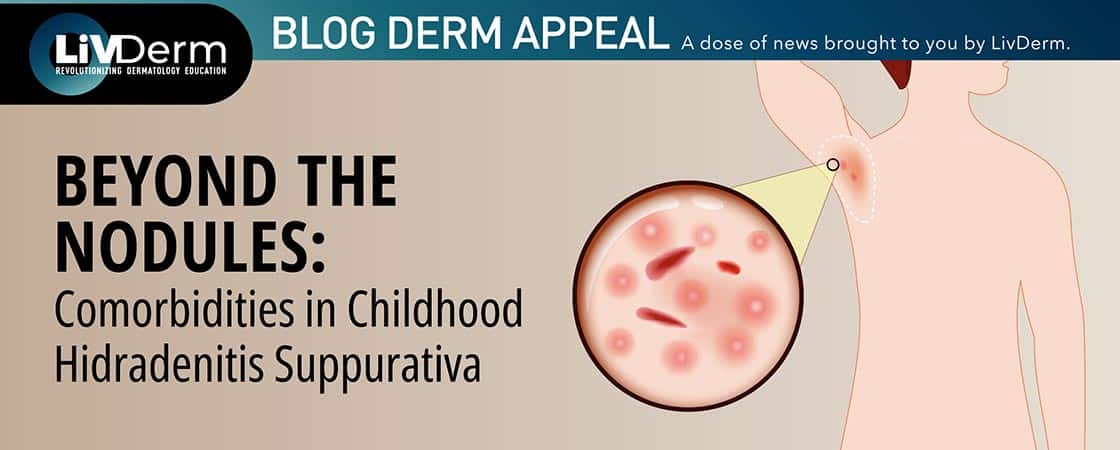Recent research shows that millennials, defined as the generation of individuals born between 1981 and 1996, have surpassed the baby boomer (1946-1964) generation and now top the U.S. census data as the nation’s largest living adult generation.
Furthermore, according to the American Academy of Facial Plastic and Reconstructive Surgery (AAFPRS), 2020 may have marked the millennial takeover of the aesthetic industry. Millennials are outspending baby boomers on self-care and now represent a significant portion of the dermatologic client base as they opt for a number of cosmetic procedures.
Millennials have grown up in the age of social media, where online presence has become the norm and influencers have turned into modern-day role models. It is believed the “Zoom Boom,” and “selfie” trends are largely to credit for this exponential growth of the aesthetic market. As people try to look better in their selfies or online Zoom calls, they become more aware of any blemishes or faults they would rather not have. With many innovative, non-invasive cosmetic procedures requiring little to no downtime, millennials are eager to undergo prejuvenation procedures, addressing the aging issue before it really begins.

Historically, dermatologists have treated patients of all ages. But with millennials now representing the largest proportion of their patient base, there is a need for specific techniques to be clinically executed to ensure the best outcome for all patients.
Unfortunately, evidence suggests that dermatologic aesthetic training is lacking. A 2018 study to assess education in and expectations for cosmetic procedures during dermatology residency found that, although 74% of respondents planned on incorporating cosmetic procedures into their future practice, only 36% felt adequately trained. Further survey data of dermatology residents and program directors revealed that residents prefer more direct operational training.
“Residents from a national survey expressed the desire to increase exposure to laser treatments, liposuction, and filler augmentation, and nearly all respondents plan to include cosmetic procedures in their practice. Another survey found that chief residents rated cosmetic skills as essential or important.”
Kream et al. (2022)
To address the gaps in dermatologic education, specific training is required to reflect the needs of each patient group. Each has its own features and characteristics; therefore, knowledge of commonly executed procedures such as injectable and fillers need to reflect this.
Through its integrated online platform, dedicated educational hubs, live conferences, and much more, LiVDerm features the latest in medical and aesthetic dermatology education for all levels of expertise. With our team of world-renowned faculty, we aim to provide you with the tools you need to continue to improve your skills and knowledge. What’s more, LiVDerm strives to bridge existing gaps in education by ensuring relevant and up-to-the-minute training material in missing areas.
Don’t forget to also visit our resources page to find links to a variety of educational content, such as our digital hubs and webinar spotlights. And subscribe to our newsletter for all the latest news and educational opportunities.
- Richard Fry. Millennials overtake Baby Boomers as America’s largest generation. Pe Research Center. Updated Apr. 28, 2020. https://www.pewresearch.org/fact-tank/2020/04/28/millennials-overtake-baby-boomers-as-americas-largest-generation/
- Elizabeth J. Kream, Virginia A. Jones, Maria M. Tsoukas. Balancing medical education in aesthetics: Review and debate. Clinics in Dermatology. 2022;40(3):283-291.https://doi.org/10.1016/j.clindermatol.2021.11.011.
- AAFPRS Announces Annual Survey Results: A Look at How Covid-19 Disrupted Facial Plastic Surgery & Aesthetics. https://www.aafprs.org/Media/Press_Releases/New%20Stats%20AAFPRS%20Annual%20Survey.aspx
- Nielson CB, Harb JN, Motaparthi K. Education in Cosmetic Procedural Dermatology: Resident Experiences and Perceptions. J Clin Aesthet Dermatol. 2019 Aug;12(8):E70-E72. Epub 2019 Aug 1. PMID: 31531175; PMCID: PMC6715115. https://www.ncbi.nlm.nih.gov/pmc/articles/PMC6715115/
















